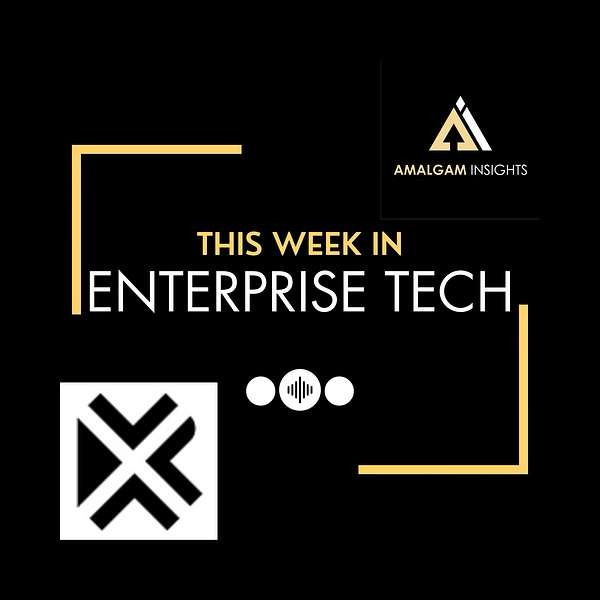This Week in Enterprise Technology, Hyoun Park and Charles Araujo critically assess the biggest tech news for the CIO office:
- Microsoft Quantum Takes a Majorana Step Forward
- Alibaba and Apple Both Commit $50B to AI
- Avaya Cuts Off Customers with <200 Seats
- Gitlab Being Sued For Providing Believable AI Hype
- TMobile Wins NYC 911 Contract with Network Slicing
- Ready for a Personalized AI Agent? PIN AI thinks so
- Codeium Raises at Near-$3 Billion Valuation to Assist Coders
- Is Your Most Important Customer AI
- xAI Plays Fast and Loose with Grok 3 Benchmarks
Audio Podcast: https://www.buzzsprout.com/2319034/episodes/16688357
Microsoft Quantum Takes a Majorana Step Forward
Microsoft made big news with its quantum announcement of the Majorana chip, which apparently is not marijuana. Charles and Hyoun discuss the quantum science behind this chip and what it could mean for the long-term feature of the CIO.
Source
Alibaba Commits Over $50B to AI, while Apple Goes Further
Alibaba committed $52 billion to AI for the next three years. Although this is more than Alibaba has invested over the past decade in the space, is it enough? Hyoun and Charles discuss the increasingly heated global AI Cold War.
Sources
The Register: https://www.theregister.com/2025/02/23/asia_tech_news_roundup/
The Verge: https://www.theverge.com/news/618172/apple-500-billion-us-investment-tariffs-trump
Avaya Cuts Off Customers with Fewer than 200 Seats
Avaya plans to cut off cloud-based contact center customers with less than 200 seats in an ongoing trend for large companies to focus more on the enterprise and abandon their smaller customers. Charles and Hyoun ponder what this means for CIOs in managing key business technologies.
Source
Avaya: https://news.avaya.com/axp-evolution-update-partners
Gitlab Being Sued For Providing Believable AI Hype
Gitlab is facing multiple lawsuits because they were apparently too optimistic about their AI capabilities. Charles and Hyoun ponder whether this is justified and if the CIO faces potential liability or due diligence concerns.
Source
The Register: https://www.theregister.com/2025/02/20/gitlab_thrice_sued/
T-Mobile Wins NYC 911 Contract with Network Slicing
T-Mobile has won the New York City contract for 911 services based on its ability to provide a capability called network slicing on its 5G network. This allows New York City to carve out a portion of the network for emergency services. Hyoun and Charles wonder if this is a precursor to network slicing used either by vendors or enterprises to gain preferential access to networks and Internet.
Source
Fierce Network: https://www.fierce-network.com/wireless/t-mobile-pushes-network-slicing-major-nyc-deal-announced
Ready for a Personalized AI Agent? PIN AI Thinks So
PIN AI has an interesting vision for a secure AI agent, including both a local app and large language model to become your personalized intelligence network. Charles and Hyoun discuss how this looks like the future of AI, not just at the personal level, but the enterprise as well.
Source
Fast Company: https://www.fastcompany.com/91278338/pin-ai-encrypted-assistant-app-launch-llm
Codeium Raises at Near-$3 Billion Valuation to Assist Coders
Codeium, an AI code assistant, is raising money at a $2.85 billion evaluation, making it another new AI unicorn. But what makes Codeium so much more valuable than every other code assistant? Charles and Hyoun wrestle over what makes Codeium special when Anysphere, Microsoft, and Google have all made waves in this market.
Source
Your Most Important Customer May Be AI
Scott Mulligan of the MIT Technology Review takes on the interesting idea that our most important customer is now AI. Hyoun and Charles discuss why this is so difficult as every AI is starting to establish its own preferences, biases, and limits.
Source
MIT Technology Review: https://www.technologyreview.com/2025/02/19/1112076/your-most-important-customer-may-be-ai/


